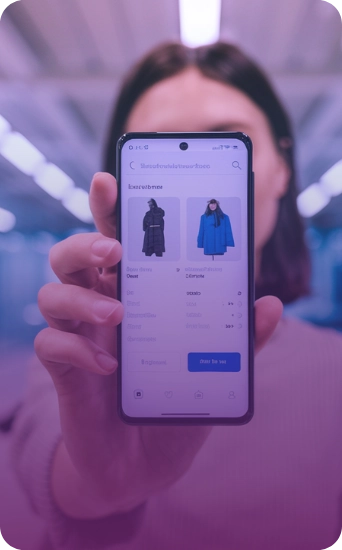Brazilian retailers are constantly being challenged to rethink themselves in the face of a world that is rapidly changing with new technologies, new behaviors and new demands. Fashion is no different, despite the particularities inherent to the segment. But the question arises as to what and how to do to win over and retain customers when this consumer belongs to several generations at the same time - and different ones at that - and is looking for the same product for different needs and on different shopping occasions. This was one of the challenges presented in the panel "The future of the physical store: how to swim in favor of the tide to serve the omni-consumer and still improve revenue?" during the Inside Fashion Business event, promoted this Tuesday, 2, by Gouvêa Fashion Business and Gouvêa Experience, at SP Hall, in São Paulo.
CSO Nicolas Nascimento, responsible for the creation and execution of Social Digital Commerce's strategic and corporate initiatives, was the moderator of the conference that opened the afternoon's content agenda.
Nascimento gave a historical overview of shopping channels, recalling that consumers began their shopping journey in a single channel: the physical store. The arrival of e-commerce was not inclusive, although it did bring some changes to retail, such as the need to have a website, first to display the portfolio and refer to the physical units, then to sell online. The executive pointed out that in this early period of technologies added to commerce, the shopping channels were 100% separate and sometimes rivalrous.
Later on, we saw e-commerce develop - and some segments become practically extinct, such as bookstores and CD stores - until the covid-19 pandemic, whose global episode forced retailers to rethink means of purchase and delivery out of necessity, and they found an answer to this challenge in accelerating the process of increasing technology. The consumer approved.
He liked it so much that, today, he won't give up shopping in stores that offer omnichannel options so that he can decide how to make his purchase, how to make the payment and how to pick up the product. "The customer himself chooses where he wants to buy and through which channel," says Nicolas Nascimento.
Daniela Correia, Digital Manager at Brandili, a children's fashion brand, began her speech by saying that "you have to be where the customer is". The chain she represents strives to be available to the public both physically and online. In addition to e-commerce, it has taken its units to 68% of Brazilian cities and to 25 other countries. With this positioning, it sells 15 million garments a year through 15,000 shopkeepers.
On the other hand, the group launched Essendi, an adult men's and women's clothing brand, online only. Not even the catalog is physical. For the time being, the investment is focused on the digital format and availability for multi-brand retailers
Kiko Amorim, CEO of Carina Duek, agreed that not all brands perform well on all channels. Recalling the beginning of his career with Carina's father, Tufi Duek, creator of iconic brands such as Fórum and Triton, Amorim said that Triton sold very well in wholesale and Fórum in retail.
About the event
Inside Fashion Business was organized by Gouvêa Fashion Business, a Gouvêa Ecosystem company led by Cecilia Rapassi, in partnership with Gouvêa Experience, part of the same group. The event, focused on fashion retailThe event featured more than 80 invited industry executives, 8 hours of content and 7 experiences, including a business roundtable, haute cuisine and bike trial show before the closing cocktail.










